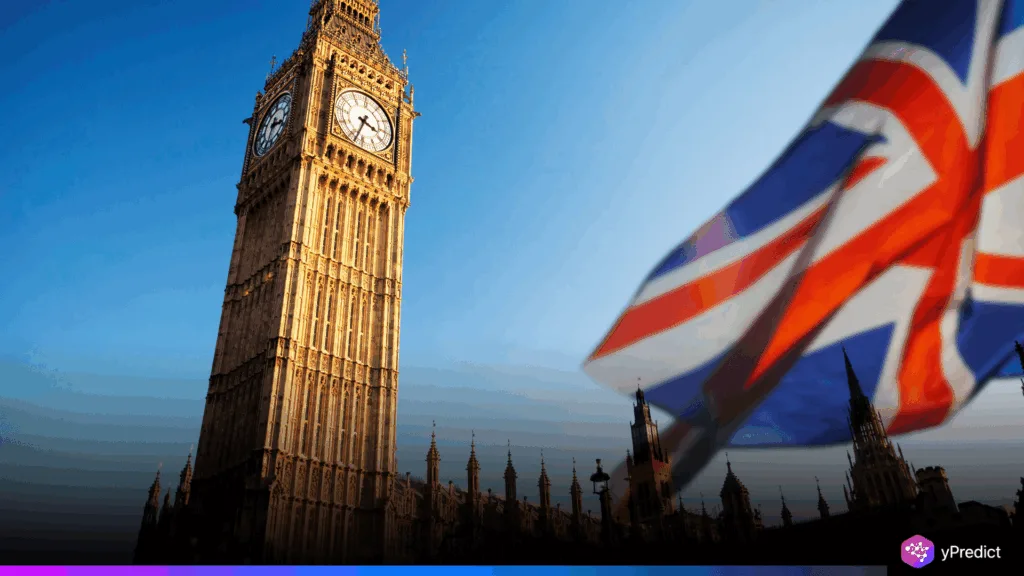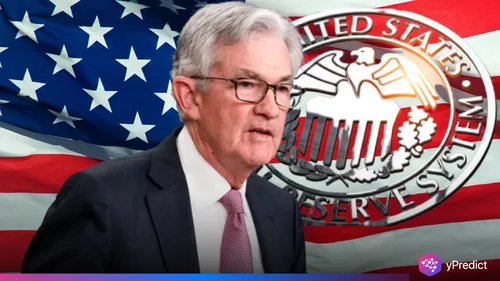
The UK inflation rate unexpectedly increased to 3.6% in June. The Office for National Statistics (ONS) attributed the increase primarily to rising fuel prices. Additionally, core inflation, which does not include food and energy, increased to 3.7%.
Furthermore, the latest data complicates the Bank of England’s plan to cut interest rates again. There is increasing doubt regarding policy delays as UK inflation has risen above 3% for the third consecutive month. Labour’s economic strategy is coming under increased scrutiny, particularly given the weak growth and uncertain interest rate decisions.
Are Fuel Prices Keeping UK Inflation Elevated?
The UK’s inflation rate increased last month as a result of fuel prices declining less than anticipated. Additionally, motor fuel was the main cause of the increase. The ONS claims that compared to last year, this year’s price cuts were less drastic. Additionally, for the third consecutive month, food prices have increased. Although they are still far below their 2022 highs, they have reached their highest point since early 2023.
The ONS reports that UK inflation has now been above 3% for three months in a row. The Bank of England is under pressure to meet its 2% inflation target as a result of this ongoing trend. Furthermore, the rate held steady at its current level in June. The Monetary Policy Committee (MPC) took this action after lowering interest rates by a quarter point in May.
Acting ONS Chief Economist Richard Heys said the limited drop in fuel prices was the main reason for the June increase. Additionally, he admitted that food inflation is still far lower than it was during the spike last year. This reaffirms concerns that inflationary pressures might not subside as quickly.
Rising Inflation Impacts Next Interest Rate Decision
The Bank of England’s upcoming policy meeting in August adds complexity due to the recent increase in UK inflation. Although a possible rate cut was priced into financial markets, confidence has since waned. Further actions may be delayed by June’s inflation data, particularly since core inflation was also higher than expected.
The Bank has cut interest rates four times since last summer in an attempt to ease the burden on borrowers. The base rate is currently 4.25%. However, officials now have a challenging balancing act to perform because inflation is volatile. Additionally, there are indications of weakness in the economy. Market confidence is rapidly declining, but two rate cuts this year are still anticipated.
Will UK Inflation Disrupt Rate Cut Momentum?
Short-term expectations for lower interest rates may be dashed by June’s increase in UK inflation. As the cost of food and fuel continues to rise, inflation is still a possibility. In the meantime, Labour has to contend with slow economic growth and growing criticism. Now, investors await the Bank of England’s August action. Will they continue as is or postpone taking action once more?







